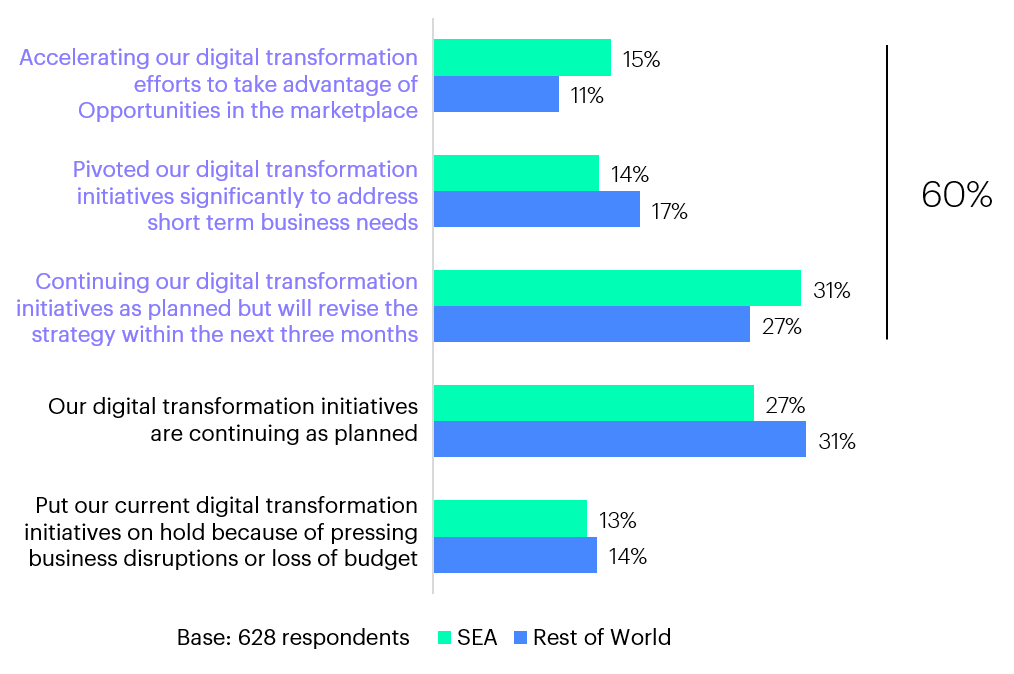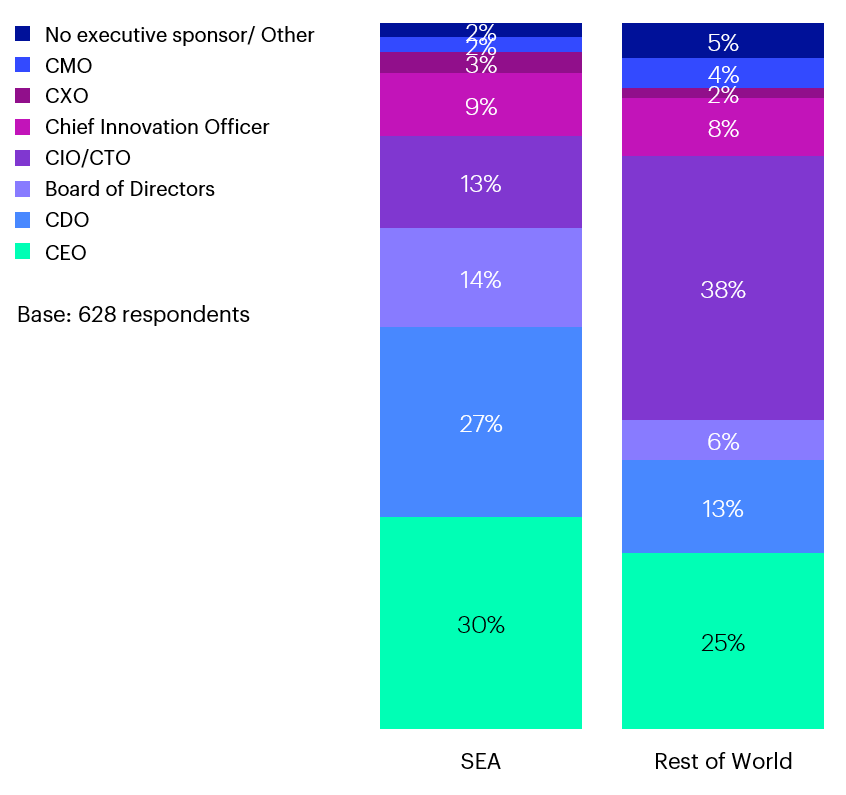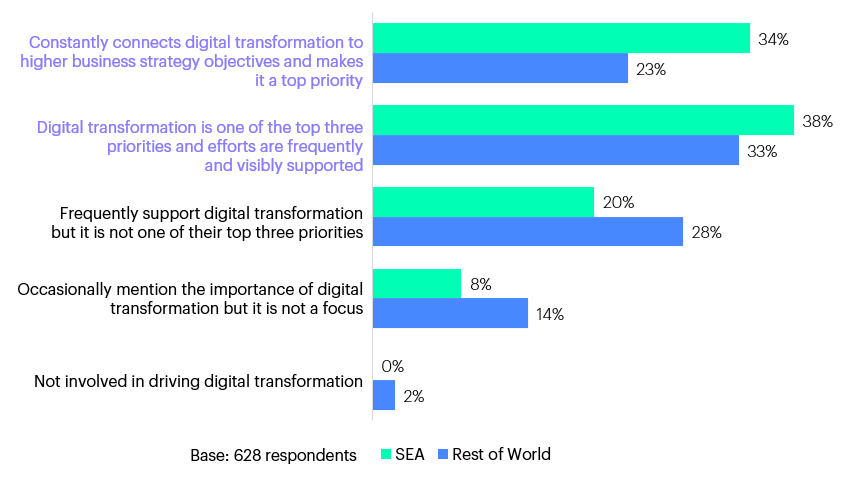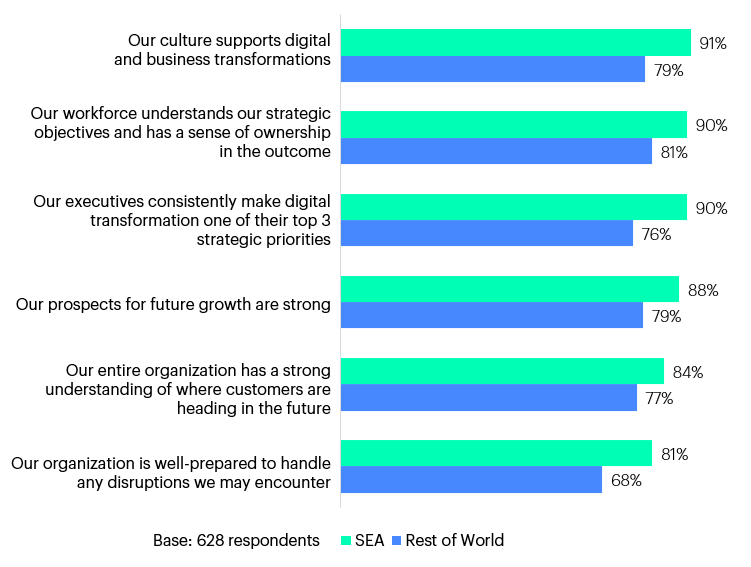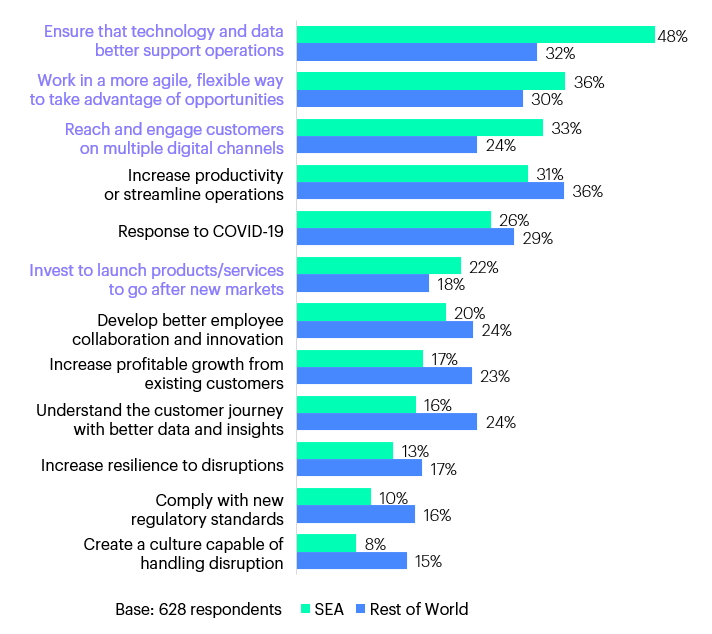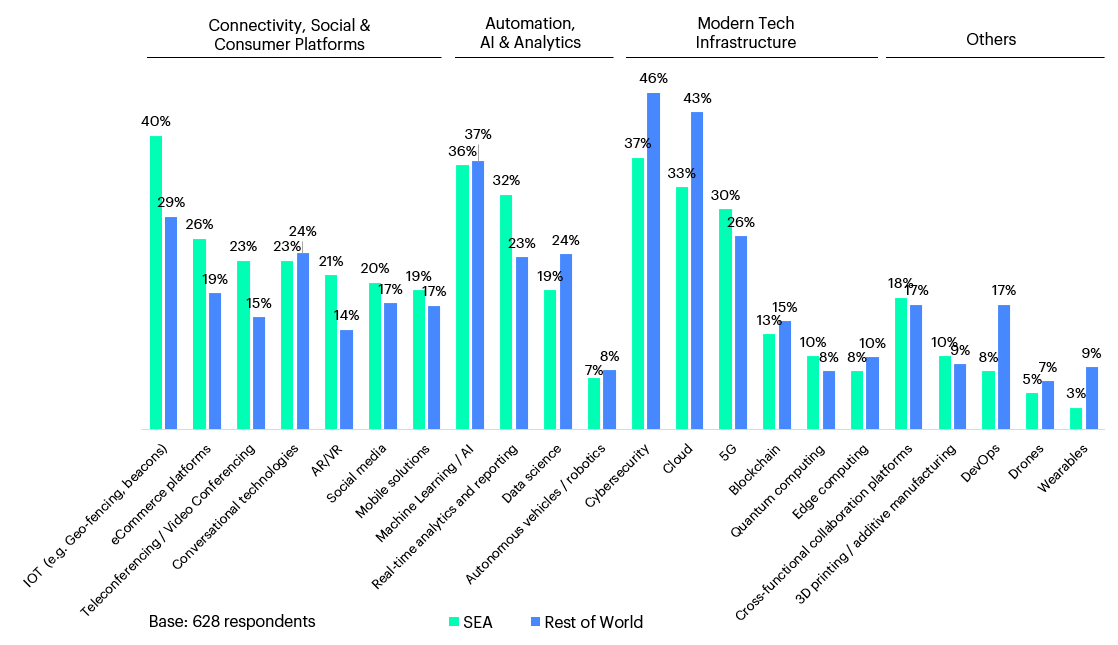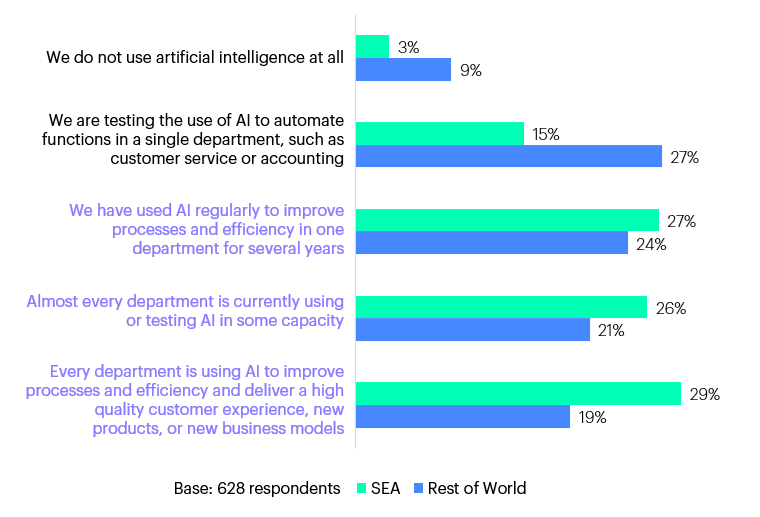BLOG
What Amazon Pharmacy Means for Organizations Looking for Post-COVID Growth Moves
This latest disruption is potentially enormous. It also exposes plenty of behavioral white spaces.
Amazon just announced its online pharmacy, news the healthcare world has long expected. And while much will be said about what Amazon Pharmacy means for the $1.2 trillion prescription drug business, we believe there’s something even bigger going on here. And it offers lessons to every company seeking growth in the post-COVID-19 world.
Amazon is proving once again that digital transformation isn’t just about technology. It’s about moving at “the speed of digital” and giving customers what they need. The e-commerce giant is merely acting on a template for growth that works in every industry and for every brand: When people begin to start moving through their lives differently, it creates upheaval, revealing new pockets of need. And the space between these changed behaviors offers abundant growth opportunities for every business willing to study them closely and act. We call these pockets of new opportunity behavioral white spaces.
Amazon’s timing offers an important lesson. This move has been brewing for years, even before its acquisition of PillPack in 2018. The company’s value proposition–getting people what they need, fast–made pharmacy an obvious extension. Who wouldn’t like to get routine prescriptions filled online, as quickly and seamlessly as every other Amazon Prime purchase?
But while it had been laying the groundwork for years, COVID-19 changed the way the world views healthcare. Consumers have always been eager for digital solutions to staying healthy and making their lives more convenient. The pandemic is clarifying, crystallizing and augmenting these new preferences, creating the perfect moment for Amazon’s launch.
Assessing the new playing field
Growth strategists should look beyond the inevitable “Amazon set to crush yet another industry” headlines. First, we are not sure it will prove to be true. Secondly, the news is more significant than that, highlighting an equal-opportunity growth moment. While there are multiple moves available, the best choices will differ depending on each company’s purpose and value proposition. Amazon is just following the universal rules of innovation and customer-centricity: What are the new customer needs, and how can we meet them in new and better ways?
There are many ways to win within today’s environment. Other companies have capitalized on the need for home care and the benefits and convenience of home delivery. Take Express Scripts Pharmacy as an example which relaunched its enhanced digital experience and consumer-centric brand earlier this summer. Unlike Amazon or new entrants in the pharmacy space, they’re building upon their deep clinical expertise, legacy in practicing pharmacy, ease and convenience of home delivery, coupled with 24/7 access to specially trained pharmacists.
“The space between these changed behaviors offers abundant growth opportunities for every business willing to study them closely and act.”
Express Scripts Pharmacy used key insights to understand that for many consumers, particularly those with multiple chronic conditions, pharmacist expertise matters more than convenience. And it’s worth pointing out that Americans have enormous trust and respect for their pharmacists, with Gallup reporting they are just behind nurses and doctors.
That’s just two players attacking the space from two different angles. There are certainly many other moves still available.
One way to analyze potential growth moves is to think about three different roles organizations can play as consumers continue to speed through these rapid changes in both needs and expectations. We like to use the “transformers, creators and invaders” framework when thinking about industry disruption. Healthcare provides some stellar examples.
Express Scripts Pharmacy is a transformer. It’s an example of a company reinventing itself and its offerings, using experience-first initiatives to reach its customers in new–and better–ways. Companies, like Teladoc, Oscar and Higi, are creators. And then there are invaders, like Amazon, moving from one category to another.
FINAL THOUGHTS
Whether one’s ambition is to be a transformer, creator or invader, the lesson is the same: For enterprises prepared to meet the moment, dive into these behavioral white spaces and listen to consumers, the opportunities for uncommon growth are there for the taking.
Wondering what behavioral white spaces are opening up for your organization and how to map out the best growth opportunities in the post-pandemic world? Contact us today.





